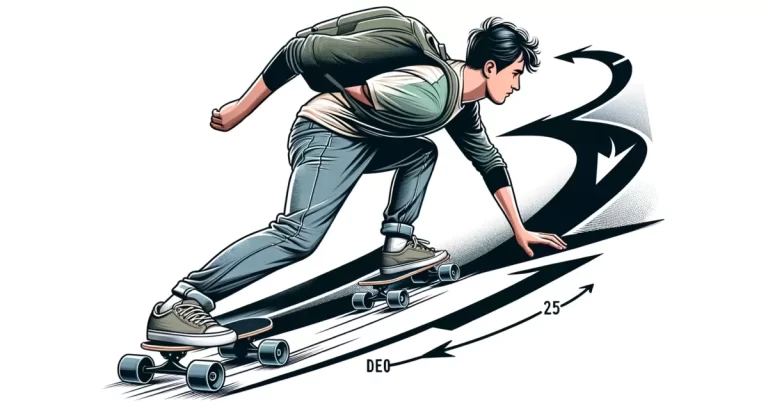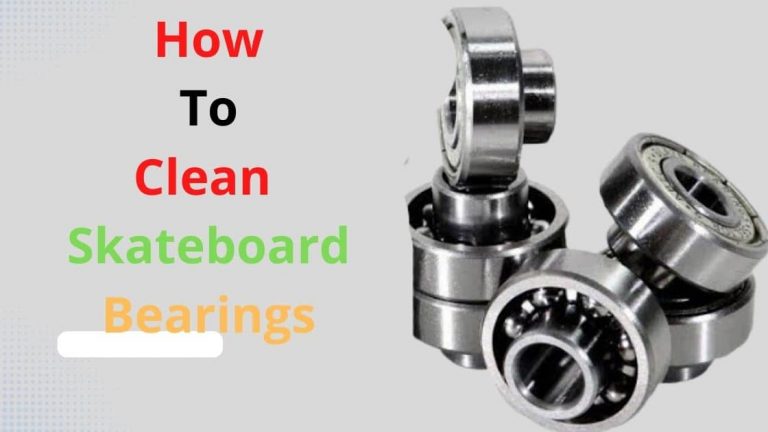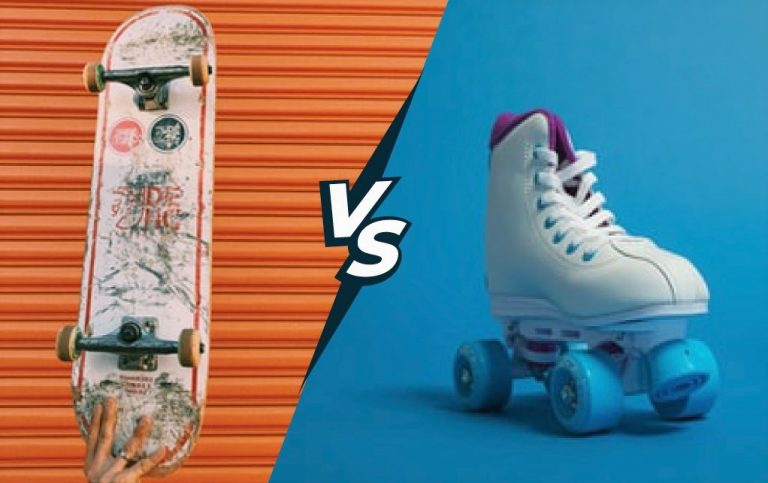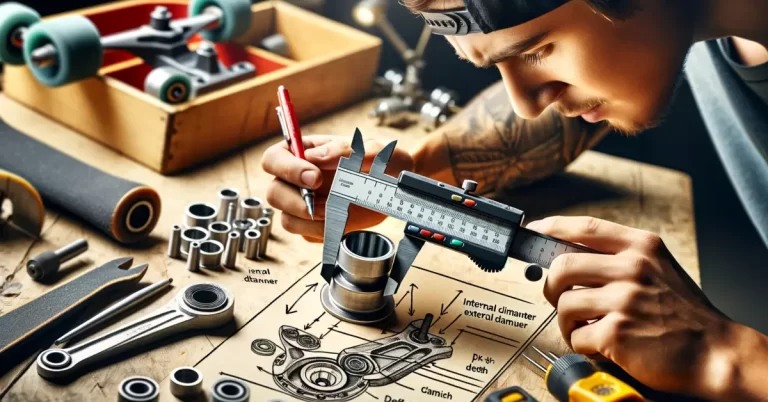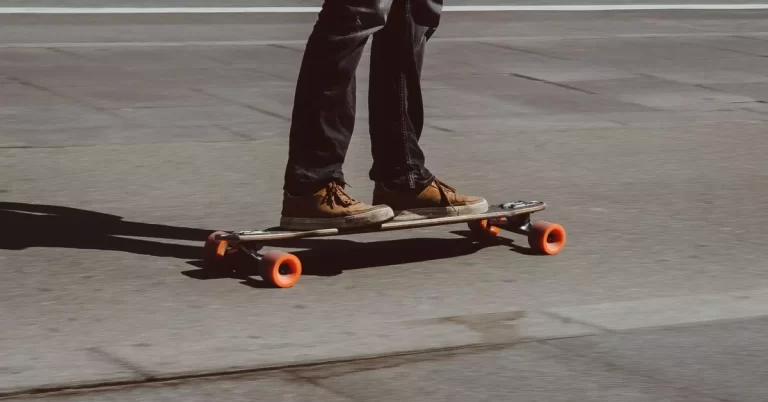Is skateboarding harder than snowboarding?
Is skateboarding harder than snowboarding? This is a question many board sport enthusiasts — and beginners — often ask. Both sports demand balance, coordination, and courage, yet they take place in completely different environments. One rolls across hard concrete, the other glides down snowy slopes.
In this guide, we’ll explore their learning curves, injury risks, costs, and environmental factors, giving you a complete breakdown to help decide which sport might be more challenging for you.
Is skateboarding harder than snowboarding?
Skateboarding involves riding and performing tricks on a wheeled board, typically on flat ground, ramps, or urban obstacles. You control speed and direction using your legs, feet, and body weight.
Snowboarding involves descending snowy slopes on a board while both feet are strapped into bindings. Your movement depends heavily on edge control, body position, and the snow’s texture.
Key shared attributes:
- Balance and weight distribution
- Core and lower-body strength
- Board stance (regular or goofy)
- Spatial awareness and quick reaction time
How the Learning Process Differs Between the Two Sports
Skateboarding’s Learning Curve
- Beginners must master pushing, stopping, and turning on a rolling surface.
- Falls happen frequently and usually occur on hard concrete, increasing the risk of scrapes and bruises.
- Learning tricks like ollies and kickflips requires repeated technical practice.
Snowboarding’s Learning Curve
- The first day often feels awkward due to the fixed-foot stance.
- Speed control and turning on snow involve learning to use toe and heel edges.
- Soft snow cushions falls but can still cause wrist or knee injuries.
Verdict on difficulty: Many find snowboarding easier to “start” (basic movement within a day), but skateboarding easier to “keep progressing” without needing specific weather or terrain.
Types and Variations
Skateboarding Styles
- Street skating – tricks on curbs, rails, stairs.
- Park skating – ramps, bowls, and transitions.
- Cruising & longboarding – smoother rides, less trick-focused.
Snowboarding Styles
- Freeride – natural terrain, powder runs.
- Freestyle – jumps, spins, and park features.
- Alpine – racing with high-speed carving.
Each style comes with its own skill requirements, meaning difficulty can shift depending on your chosen discipline.
Common Struggles for Beginners
| Challenge | Skateboarding | Snowboarding |
|---|---|---|
| Initial balance | Moderate difficulty | High difficulty (feet fixed) |
| First falls | On hard concrete | On snow (softer but still impactful) |
| Speed control | Foot braking, carving | Edge control, body rotation |
| Trick learning | High repetition needed | Dependent on slope & snow conditions |
How to Overcome These Difficulties
- For Skateboarding:
Start with a wider, stable board; wear protective gear; practice on smooth, flat ground before attempting tricks. - For Snowboarding:
Take a beginner lesson; learn falling leaf and basic turns before tackling steeper slopes; keep knees bent to absorb bumps.
Industry and Cultural Aspects
Both sports have strong communities and professional circuits. Skateboarding became an Olympic sport in Tokyo 2020, while snowboarding has been part of the Winter Olympics since 1998. Skateboarding thrives year-round in urban areas, while snowboarding is tied to seasonal tourism and ski resort industries.
Future Trends and Environmental Considerations
- Skateboarding: Electric skateboards and sustainable bamboo decks are growing in popularity.
- Snowboarding: Climate change impacts snow seasons, leading to more artificial snow use and eco-friendly resort initiatives.
Conclusion
If you measure difficulty by initial learning, skateboarding often feels tougher due to the unstable rolling surface and hard landings. However, if you judge by technical progression, snowboarding can present bigger seasonal and environmental challenges.
Ultimately, your personal background, fitness, and access to practice locations will determine which sport feels more demanding.
FAQ
Q1: Is skateboarding harder on the body than snowboarding?
Yes, in terms of impact per fall — skateboarding falls onto concrete cause higher impact than snowboarding falls on snow, though snowboarders face more twisting injuries.
Q2: Can learning one help with the other?
Yes, balance, stance awareness, and edge/weight control in snowboarding transfer well to skateboarding — and vice versa.
Q3: Which is more expensive to start?
Snowboarding, due to equipment, lift passes, and travel.

“Welcome to our website, Here You’ll find a wealth of information on finding the right skating gear that will last for years to come, as well as tips and tricks to help you improve your skills. Whether you’re a beginner or an experienced skater, you’ll find something of value here.”

